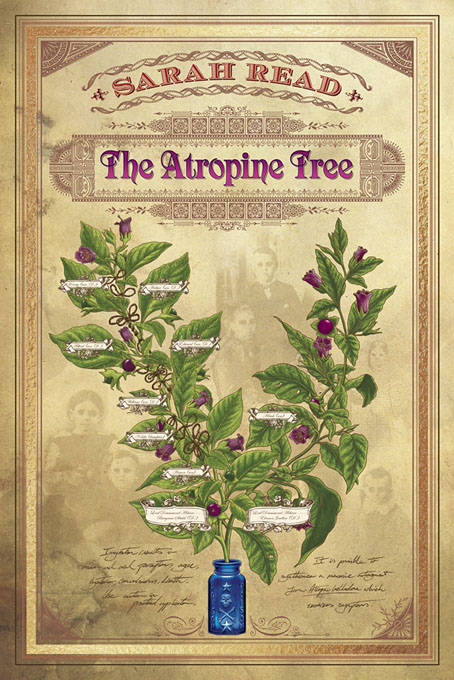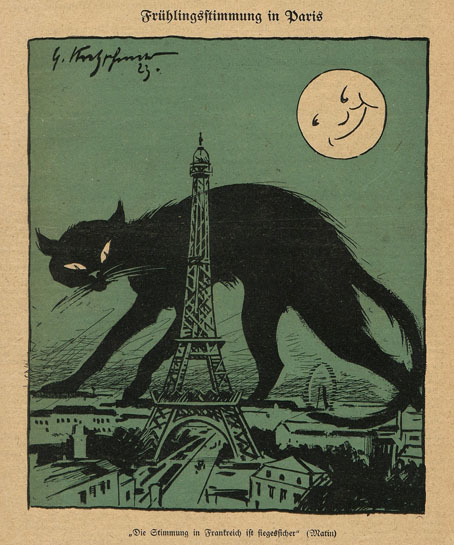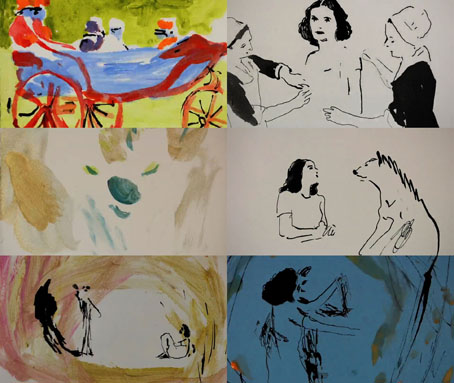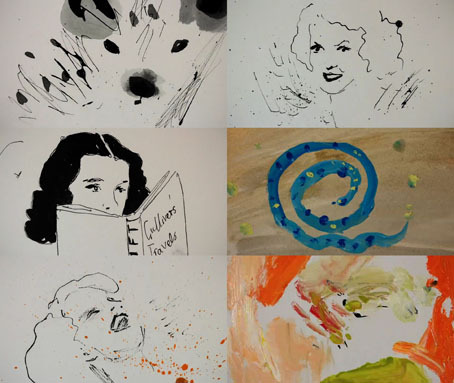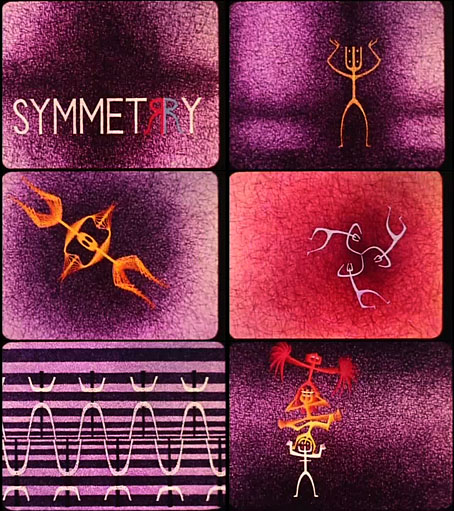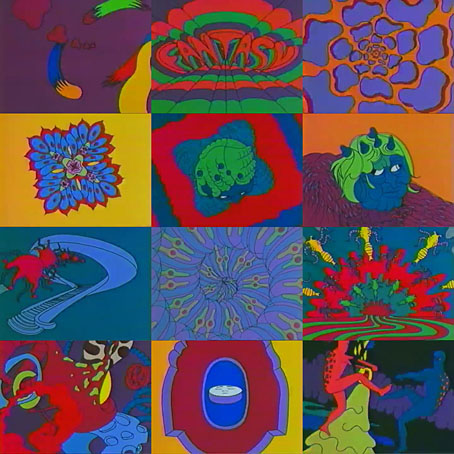
The expressions “psychedelic” and “surreal” are often so casually applied that they lose any useful definition, but in the case of these early films by American animator Vince Collins “psychedelic surrealism” is an accurate description. All have somehow managed to evade my weirdness radar until now, despite being superior examples of the endlessly mutating dream-landscape which animation can do so well. The last of them, Malice in Wonderland, is a breathless run through Lewis Carroll scenarios which Collins made in collaboration with his wife, Miwako Collins. That punning title has been overused in the music world but the pair ought to be given sole ownership of it, their bad-trip film is the most grotesquely nightmarish reworking of Alice themes that I’ve seen.
Vince Collins’ YouTube channel contains many more recent works done with computer animation. The hand-drawn films are more to my taste but it’s good to see him still being active and creative.

Gilgamish (1973).
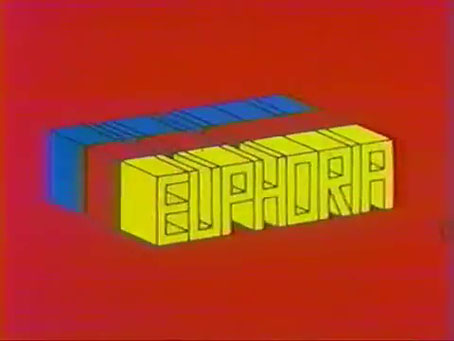
Euphoria (1974).
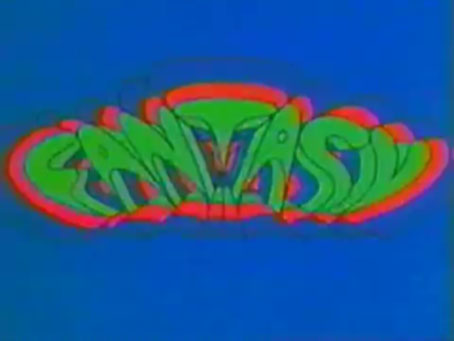
Fantasy (1976).
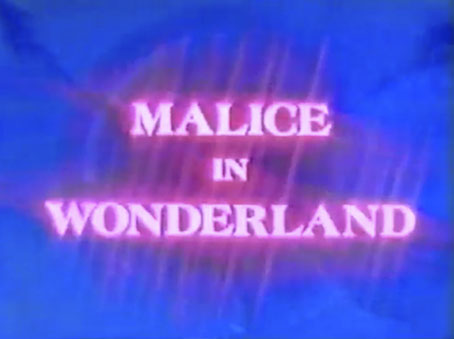
Malice in Wonderland (1982). (Or avoid YouTube’s adults-only policy by going here.)
Previously on { feuilleton }
• The groovy video look

